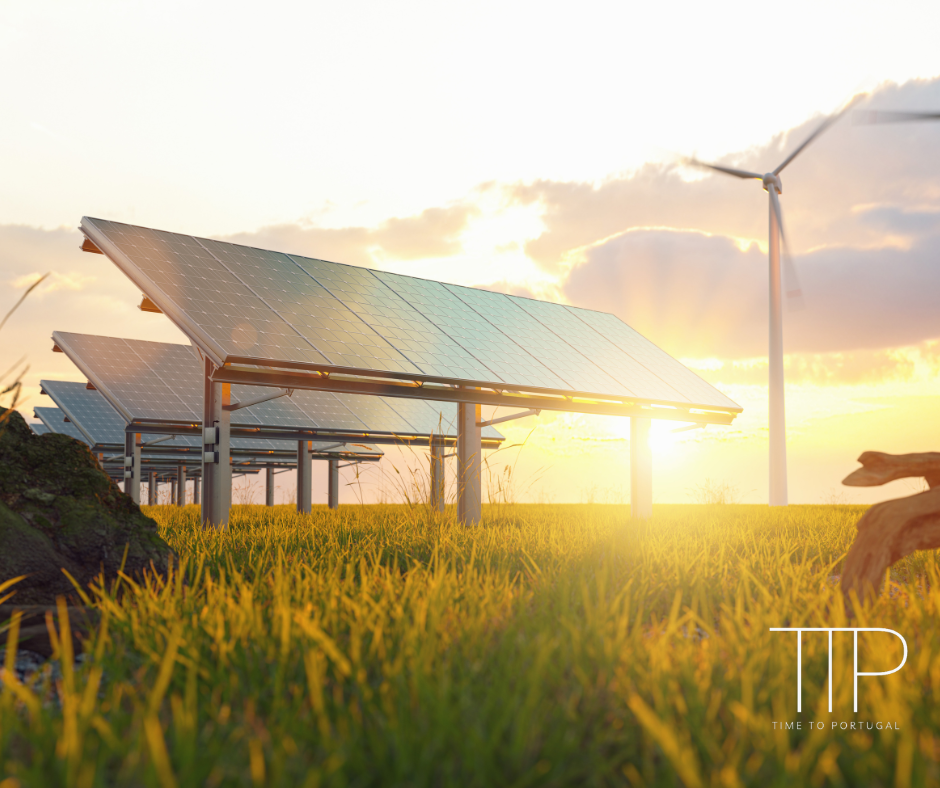Renewable production supplied 61% of Portugal’s electricity consumption in 2023, amounting to 31.2 Terawatt-hours (TWh), the highest figure ever in the national system, according to data from REN released on Tuesday.
According to Redes Energéticas Nacionais (REN), wind power supplied 25% of consumption, hydroelectric power 23%, photovoltaics 7% and biomass 6%.
There was also a 70% year-on-year increase in hydroelectric production, compared to the particularly dry year in 2022, as well as a 43% increase in photovoltaic production, due to the progressive increase in installed capacity.
Non-renewable production supplied only 19% of consumption, totaling 10 TWh, the lowest figure since 1988.
“This is due not only to the greater availability of renewable energy, but also to the high import balance, which supplied 20% of consumption, the highest figure ever and its largest share in supplying consumption since 1981,” said REN.
Electricity consumption supplied from the public grid in 2023 reached 50.7 TWh, an increase of 0.8% on the previous year, the highest consumption since 2018 and around 3% off the all-time high recorded in the national system in 2010.
In December, consumption grew by a strong 6.9% or 5.6%, correcting for the effects of temperature and working days, with renewable production supplying 73% of this consumption and non-renewable 11%, while the remaining 16% corresponded to the import balance.
With regard to natural gas, overall consumption in 2023 was the lowest since 2014, at 49 TWh, which represents a 21% drop on the previous year, the result of a 42% reduction in the electricity generation segment and a 3% drop in the conventional segment.
Supply to the national system in 2023 was mainly from the Sines terminal, with 95% of the total natural gas entering Portugal, the remaining 5% being received through the interconnection with Spain. The gas unloaded at Sines came mainly from Nigeria and the United States, which accounted for 42% and 40% of national supply respectively.

